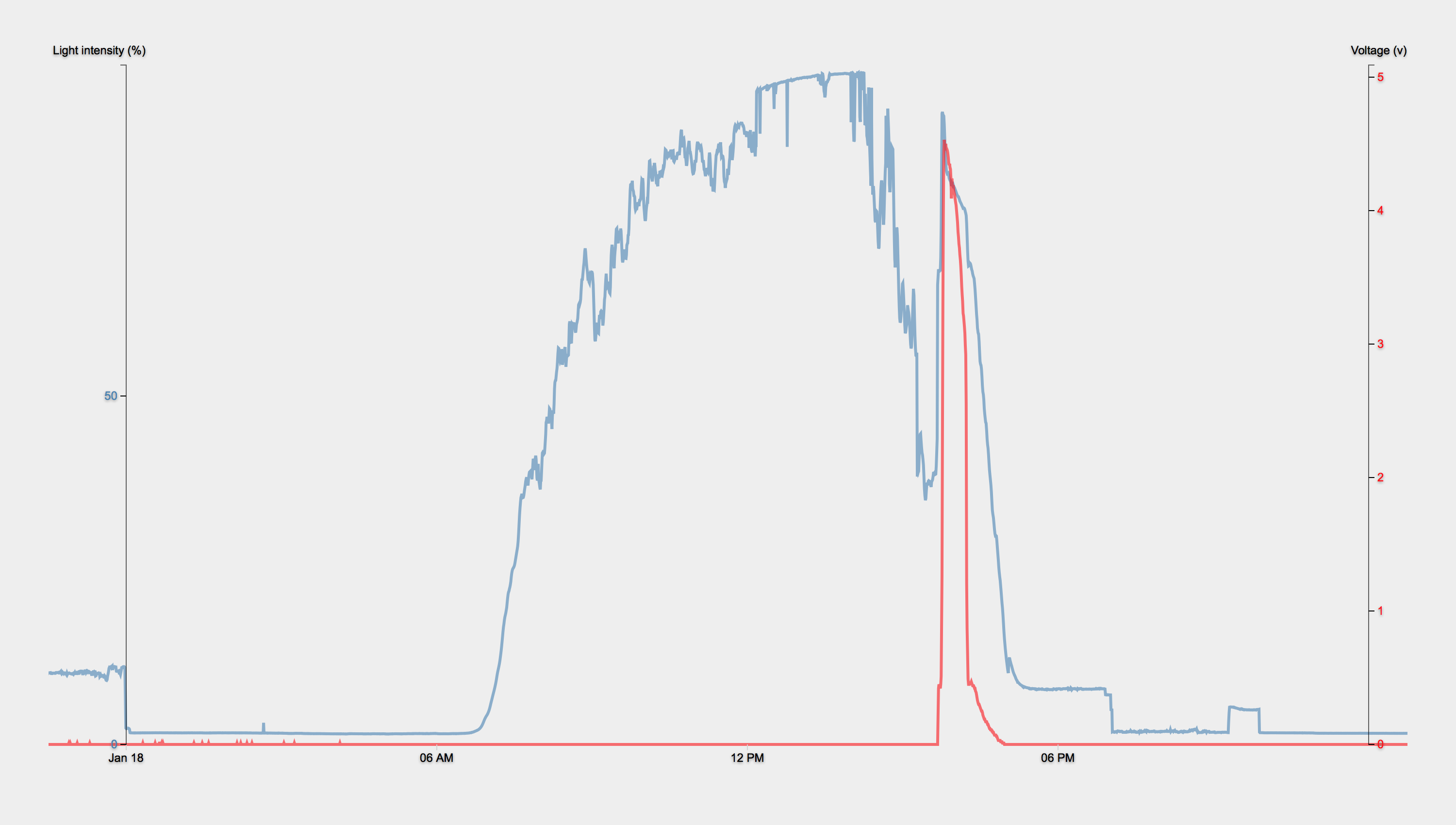

I've been using the Bogart SC2030 and TM2030 combo with temperature compensation for almost 2 years on my current rig with 300w flat mounted solar. I run a Dometic 65qt dual fridge/freezer 24/7. The freezer is set at 13 degrees and the fridge is in the mid 30s. I don't turn it off at night or adjust the temperature. I also have all the other typical loads. LED lights, computer phone and camera charging, AA battery charging, 300w pure sine inverter for the computer charging. The solar feeds two 6v batteries so about a 220AH bank. I don't have a generator and do not plug into shore power ever as I strictly boondock.
I typically wake up to about 92% charge still in the batteries. The lowest I've seen is low 80% when camping under tree cover for a few days.
The controller/monitor combo has 9 different preset charging profiles that correspond to the recommendations of the specific battery manufacturer. You can also adjust these settings manually for total control of the charging profile.
The monitor tells you everything that is going on with the system as well as 5 days of charging history.
I check my water levels 1st of the month and rarely add water 2 months in a row, just top off with a few milliliters as needed. I see charging voltages from low 13s to low 16s. My low battery voltage is usually 12.4 to 12.5 in the morning.
I'm confident I am starting the evening with a well charged bank.
The charge controller is about the size of a pack of cigarettes and barely gets warm telling me all the available power is going to the battery not wasted as heat.
I had the same system on my truck camper with 200w flat on the roof with similar results. I added the extra panel on the van for insurance and because I had the roof space.
These are my real world observations and experience. I am totally happy with these products and feel they work as they should.
I have spoken with Ralph (owner/inventer/engineer) of Bogart Engineering on the phone. He lives in an off grid home and runs his system with these. What does that tell you? They work!
I have also spoken on the phone with Handy Bob. He has tested many controllers, spoken with many people in the industry, installed these systems in peoples rigs and has great reviews from them. Bob is building an off grid home and running his power tools off solar. He does not use a generator. I think he has done the hard work for us and proven what works well.
For a small system like you would put on a van I don't see a reason to use anything else. This is where I put my money and am happy with the returns. Do your own research and spend your money where you think it best serves you.
That's my two cents on the whole solar charging question.
For those with the bandwidth I have vids on youtube of my setup.












































































